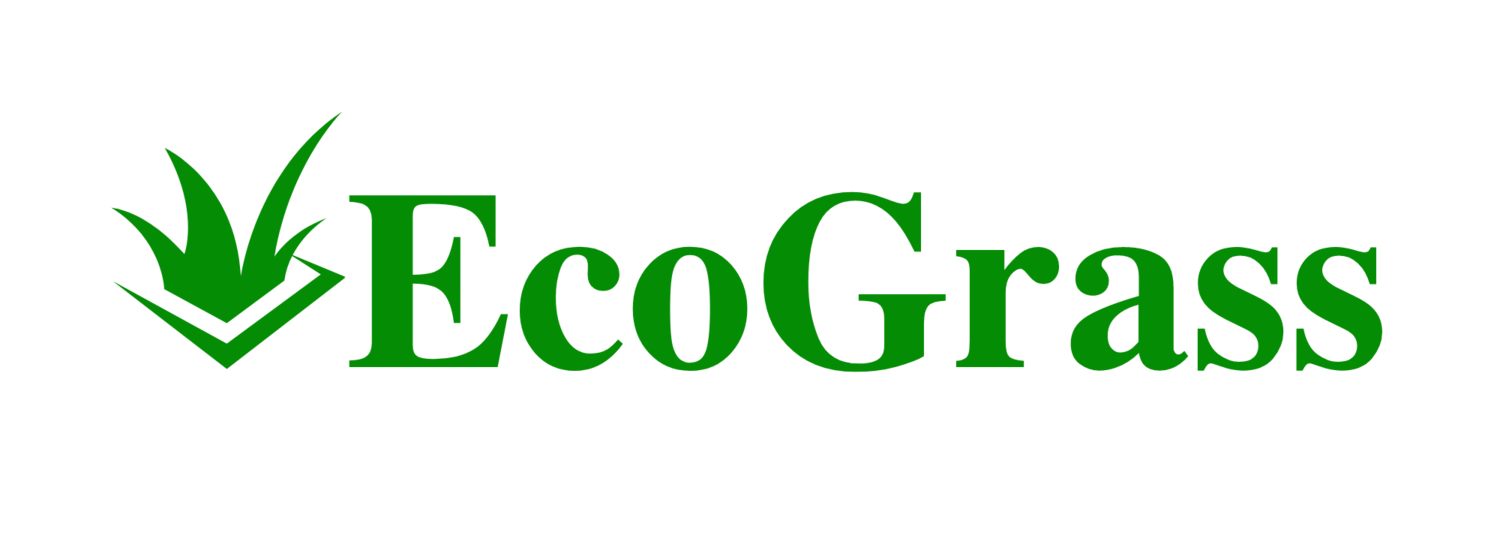Building a bocce ball court with artificial turf can transform your backyard into a fun and low-maintenance recreational space. To construct your court, you'll need to clear the area, create a wooden frame, add a base layer, and install the artificial turf. This project combines the classic Italian game with modern materials, offering a durable and attractive playing surface.
Artificial turf provides several advantages for a bocce ball court. It requires minimal upkeep compared to natural grass or sand courts, eliminating the need for watering, mowing, or frequent raking. The synthetic surface also ensures consistent ball roll and bounce, enhancing your gameplay experience. With proper installation, your artificial turf bocce court can withstand regular use and various weather conditions.
Planning and Preparing the Bocce Ball Court Site
Proper planning and preparation are crucial for building a successful bocce ball court with artificial turf. Careful consideration of location, size, and materials will ensure a durable and enjoyable playing surface.
Selecting the Ideal Location
Choose a level area in your backyard for your bocce ball court. Look for a spot with good drainage and minimal slope. Avoid locations near trees to prevent roots from interfering with the court's surface.
Ensure the area receives adequate sunlight and has enough space for players to move around comfortably. Consider proximity to your home for convenience and any potential impact on landscaping or other outdoor activities.
If the chosen spot isn't perfectly level, you'll need to grade it before construction. Use a long level and stakes to identify high and low points that require adjustment.
Determining Court Size and Orientation
Standard bocce ball court dimensions are 60 feet long by 12 feet wide. For recreational use, you can adjust these measurements to fit your available space. A minimum of 30 feet by 8 feet is recommended for casual play.
Orient the court north-south if possible to minimize sun glare for players. If space allows, include a 2-foot border around the court for spectators and to prevent balls from rolling away.
Mark your court's outline using stakes and string. Measure diagonally from corner to corner to ensure the rectangle is square. Adjust as needed before proceeding with construction.
Gathering Necessary Tools and Materials
Collect the following tools:
Shovel
Rake
Wheelbarrow
Measuring tape
Level
Compactor
Materials needed:
Pressure-treated lumber for borders
Gravel or crushed stone for base layers
Sand for leveling
Artificial turf
Landscape fabric
Turf adhesive and seaming tape
Infill material (usually silica sand)
Ensure you have enough artificial turf to cover the entire court area plus extra for any mistakes or adjustments. Calculate materials based on your court's dimensions, adding 10% for waste.
Purchase high-quality, durable artificial turf designed for outdoor use. Look for options with proper drainage capabilities to maintain an even playing surface after rain.
Installation and Construction
Creating a bocce ball court with artificial turf requires careful planning and execution. The process involves establishing a solid foundation, properly installing the turf, and making final adjustments for optimal gameplay.
Building a Stable Foundation
Begin by clearing the designated area of vegetation and debris. Excavate the soil to a depth of 4-6 inches, ensuring the surface is level. Install a layer of crushed stone or gravel as the base material, compacting it thoroughly. This base provides essential drainage and stability.
For improved water management, consider incorporating a French drain system. Slope the base slightly (about 1 inch per 10 feet) to encourage proper runoff. Some builders opt for a concrete base with weep holes for drainage, which offers exceptional stability but requires more extensive preparation.
Laying and Securing the Artificial Turf
Select high-quality artificial grass with a short pile height, ideal for bocce. Unroll the turf over the prepared base, allowing it to settle in sunlight to prevent wrinkles. Trim excess material, leaving a small overhang at the edges.
Secure the turf using landscape staples or nails along the perimeter. For larger courts, join sections using seam tape and adhesive. Apply a layer of silica sand infill, brushing it into the fibers to add weight and improve the turf's durability.
Fine-tuning Your Bocce Ball Court
Ensure the playing surface is perfectly flat by using a lawn roller. Add additional infill as needed to create an even, consistent texture across the court. Install edging materials like wood or stone to define the court boundaries clearly.
Test the court's playability by rolling bocce balls across the surface. Address any imperfections or uneven areas. Consider adding court markings using paint designed for artificial turf to enhance gameplay and aesthetics.
Regular maintenance, including brushing the turf and topping up infill, will preserve your court's quality and extend its lifespan.

